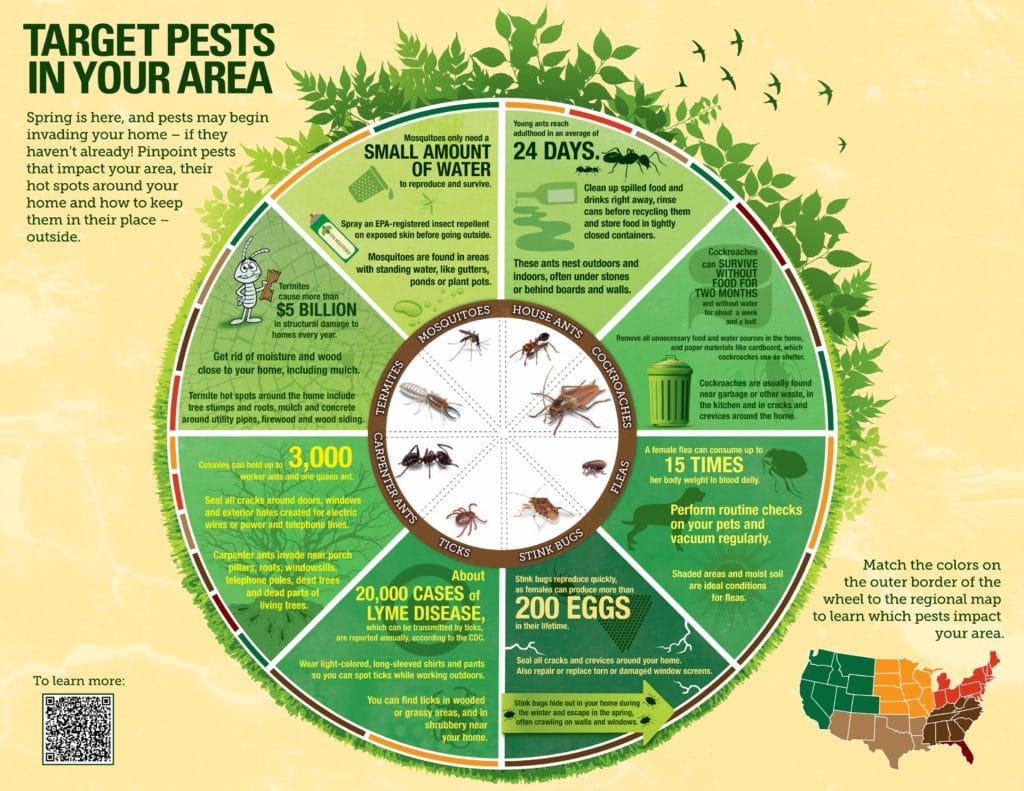Tips For Homeowners To Maintain Rodents Out Of Their Attic Rooms
Tips For Homeowners To Maintain Rodents Out Of Their Attic Rooms
Blog Article
Short Article Created By-Silver Enevoldsen
Imagine your attic room as a comfy Airbnb for rodents, with insulation as cosy as resort pillows and electrical wiring much more tempting than room solution. Now, think of these unwanted guests tossing a wild event in your home while you're away. As a home owner, guaranteeing your attic room is rodent-proof is not nearly satisfaction; it's about safeguarding your home and liked ones. So, what simple actions can you take to safeguard your shelter from these fuzzy burglars?
Inspect for Entrance Things
To begin rodent-proofing your attic room, inspect for entrance factors. Beginning by very carefully examining the outside of your home, searching for any type of openings that rodents might utilize to get to your attic. Look for gaps around utility lines, vents, and pipes, along with any type of splits or holes in the structure or siding. Make certain to pay very close attention to locations where various building products meet, as these are common access points for rodents.
Additionally, check termite ants for any kind of damaged or missing roof shingles, along with any gaps around the edges where rodents can squeeze through. Inside the attic, try to find indicators of existing rodent task such as droppings, ate wires, or nesting products. Utilize a flashlight to completely check dark edges and surprise areas.
Seal Cracks and Gaps
Evaluate your attic room extensively for any splits and spaces that need to be sealed to prevent rodents from going into. Rodents can squeeze through even the tiniest openings, so it's crucial to secure any kind of possible entry points. Inspect around pipes, vents, wires, and where the walls satisfy the roofing. Make use of a mix of steel woollen and caulking to seal these openings successfully. Steel wool is an outstanding deterrent as rats can not chew with it. Ensure that effective bed bug treatment are securely sealed to deny access to undesirable insects.
Do not forget the value of securing spaces around windows and doors too. Usage climate removing or door sweeps to secure these locations properly. best ant killer indoor and outdoor where utility lines get in the attic and secure them off making use of an ideal sealant. By taking the time to seal all splits and gaps in your attic, you develop a barrier that rats will certainly locate challenging to breach. Avoidance is key in rodent-proofing your attic room, so be extensive in your initiatives to seal off any type of prospective access points.
Remove Food Sources
Take proactive steps to get rid of or keep all potential food sources in your attic to deter rats from infesting the space. Rodents are attracted to food, so eliminating their food resources is critical in keeping them out of your attic.
Below's what you can do:
1. ** Shop food safely **: Avoid leaving any food items in the attic. Shop all food in airtight containers made from steel or sturdy plastic to stop rats from accessing them.
2. ** Tidy up particles **: Eliminate any stacks of particles, such as old papers, cardboard boxes, or timber scraps, that rats might make use of as nesting material or food resources. Maintain the attic room clutter-free to make it much less attractive to rodents.
3. ** Dispose of garbage correctly **: If you use your attic room for storage space and have garbage or waste up there, make sure to get rid of it on a regular basis and correctly. Rotting garbage can bring in rodents, so maintain the attic room clean and free of any natural waste.
Verdict
In conclusion, remember that an ounce of avoidance deserves a pound of cure when it involves rodent-proofing your attic room.
By taking the time to examine for entrance factors, seal cracks and voids, and eliminate food resources, you can keep undesirable parasites away.
visit this web-site in mind, 'An ounce of avoidance is worth an extra pound of treatment' - Benjamin Franklin.
Keep positive and safeguard your home from rodent problems.
